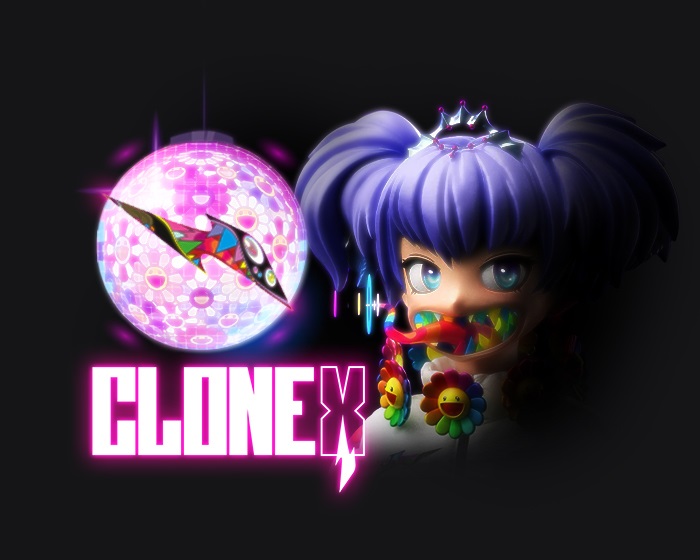
We’ve been seeing our releases as cultural artifacts and collectibles that help shape your identity in the metaverse and build on your story. RTFKTIn video games, we grew up with the term “artifacts.” These are the items you find at the end of quests, or loot in your explorations, and use to customize your character and level up. WACan you explain what a digital artifact is? What distinguishes it from other endeavors you both engage in? Truly, I was made to acknowledge the generational difference. I saw how they managed to execute a very complex project while scattered across the world, and was shocked by the difference between their reality and mine. Everyone from their team attended our calls from different locations-Costa Rica, Paris, Utah, Dubai. I’ve discussed the project with RTFKT mainly on Zoom. Three, it doesn’t matter where in the world you are or what ecosystem you’re a part of, you can merge worlds and invent with no limits if you’re good at what you do and have a vision.

He gets the culture, and understood very early on that we were in the middle of a revolution. Two, Takashi’s work is structured by a methodology and artistry that aren’t limited to any one medium. One, it’s great to meet your idols, because they may be even more talented and cooler than you expected.
Clone rtfkt series#
RTFKTWe had a series of realizations right at the start. WARTFKT, what were some of your initial ideas once it was clear that the collaboration was picking up steam? They were creating the Clone X images using a quite realistic type of modeling with 3D CG, and I happened to be working on sculpture using 3D files, so we managed to exchange files and data quite smoothly. TMI kept sending images according to RTFKT’s requests and ideas. We DM’d him, again on Instagram, and then got on a legendary call where he showed us around his amazing studio and we agreed that we could do something incredible together. RTFKTA couple of months later, while working on our Clone X project-a series of NFT avatars conceived as three-dimensional figures bearing distinctive motifs-we thought we should ask Takashi if he’d like to be a part of it.
The tone of their message was so frank and carefree, typical of energetic young people, so I thought it could be a lot of fun and decided to join them. One day during a development meeting, Hashimoto-san said, “Have you seen the craziness around NFT art at the auctions?” He gushed about the Beeple auction and related news, including CryptoPunks, CryptoCats, and, yes, RTFKT: “They’re making AR sneakers! Doesn’t that connect to the kinds of things you did with ComplexCon?” Then he went back to the subject of our Tamagotchi-style game, but six months or so later, RTFKT reached out to me for some reason, proposing a collaboration. I looked for a developer and found Yoshihisa Hashimoto. So I simplistically decided to make a game, thinking it shouldn’t be too hard to make one in the style and level of the Tamagotchi game. This experience was similar to my own when I first encountered contemporary art, at the age of twenty-six: I was shocked by the gap between what you saw and the concept, and I realized that once I understood the context behind the gap, the artworks took on an entirely different appearance. I saw the reality of our shifting values when I realized that these children could see beauty within a small video-game screen. One day they were watching some fireworks display within the game while talking on Zoom with their school friends (whom they could no longer meet in person), admiring wholeheartedly how beautiful it was. Takashi MurakamiMy awakening to the metaverse happened in the summer of 2020, the first year of the pandemic, when I saw the way my children interact with the video game Animal Crossing: New Horizons. This was done mostly via emojis in our DMs. We immediately sent him a message, telling him we loved him and his art and that we’d love to do something together one day. This was when we were launching our Punks sneakers project. Then one day we saw that Takashi was following us on Instagram. When the three of us met, he was the artist we wrote down in our “dream to work with” list. He’s been a part of our history since day one, even before we officially started RTFKT. RTFKTWe’ve all been huge fans of Takashi-san. Wyatt AllgeierHow did you get introduced and start working together?


 0 kommentar(er)
0 kommentar(er)
